Why you can trust TechRadar
The HTC One's main camera element is located at the top edge of the handset, when held upright, and ranged dead centre, giving it a pleasingly symmetrical look. But by being as far away from either edge of the Android smartphone, it is also less likely that fingertips may stray in front of the lens in the process of gripping it.
Once you've set the phone up from scratch the camera icon is immediately visible bottom-right of screen. Give this a tap and you're immediately presented with the scene before your lens, the camera's AF automatically and visibly adjusting focus and exposure as you pan with the handset around the room or scene.
Like the HTC One X, the HTC One features a bright/fast aperture lens at f/2, with the lens itself offering a 28mm-wide focal length. The bright f/2 lens serves the HTC One well when shooting indoors using natural light.
This is the same sort of performance as its predecessor, although that model offered the standard 8 megapixels overall. Fudging the issue of pixel count, HTC refers to the One's main camera resolution in terms of 'ultra pixels' - a term that sounds zeitgeist-y but is basically meaningless and seems like an attempt to cover up an otherwise modest-sounding 4 megapixel camera.
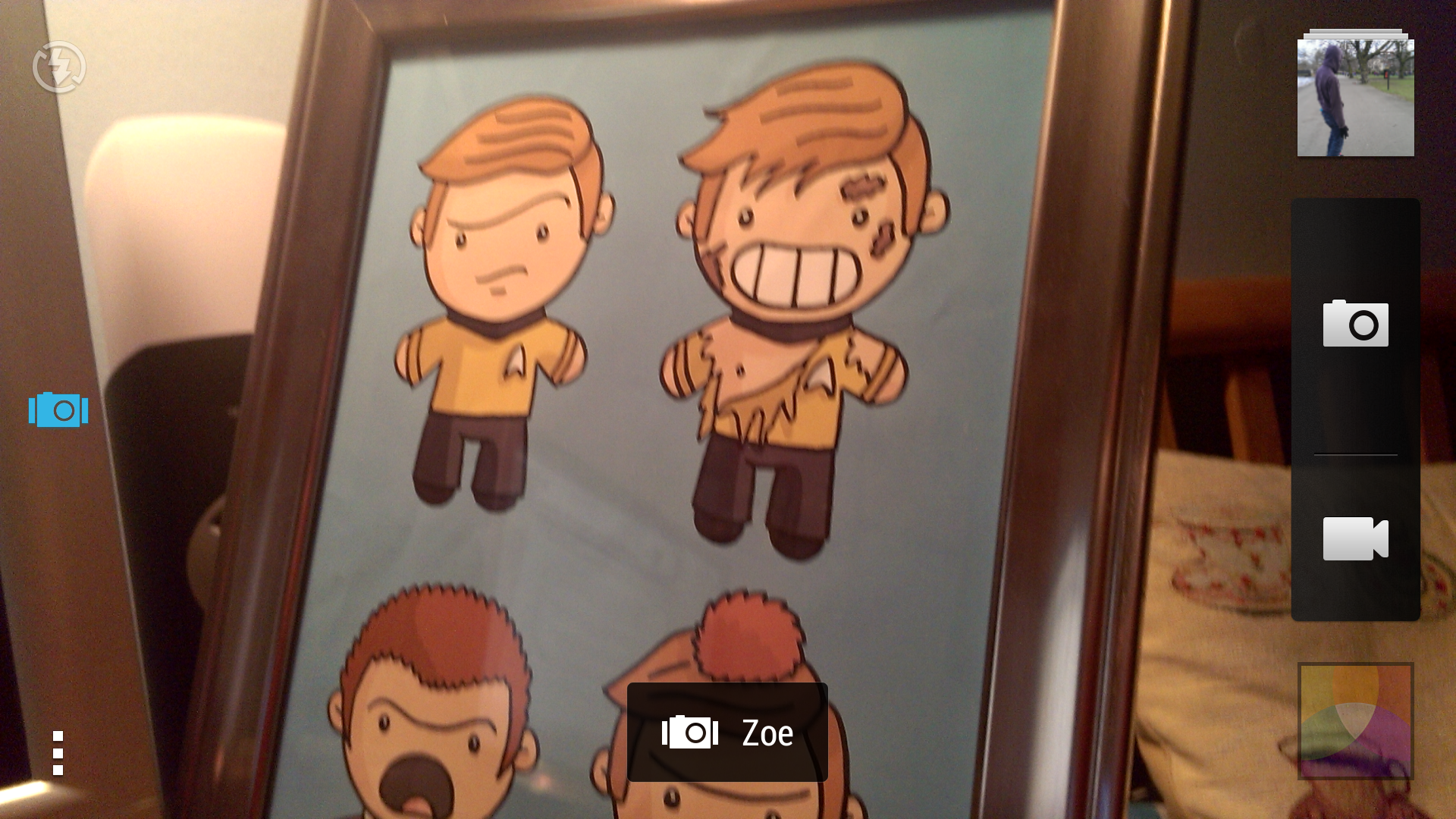
As in the world of dedicated cameras, pixel count isn't everything, of course. Sensor size has a role to play too, and here it's a larger than most 1/3-inch. There's also a front-facing camera, offering a lower 2.1 megapixel resolution, as opposed to the previous HTC One X's 1.3MP.
Other features that will flick on a lightbulb in the head of photo enthusiasts are a back side-illuminated sensor, HDR facility for video as well as still images, plus optical image stabilisation to avoid hand wobble resulting in blurred shots. It betters the Sony Xperia Z in offering twice the internal memory, at 32GB, as well as NFC and Wi-Fi connectivity.
A new gimmick is something that on compact cameras is often referred to as 'motion snapshot', but here is given the less immediately obvious moniker of HTC Zoe. Press the shutter and the HTC One automatically captures up to 20 photos and a 3-second video (with Full HD 1080p resolution offered as standard here). The manufacturer claims that this produces a picture that's 'alive', or at least one that tells the story more fully by mixing media.
Flash operation is included too, or rather 'smart flash', as HTC likes to refer to it. Zooming in or out, again of the video variety, is a case of swiping your finger over a zoom bar on the screen, which is very responsive to the touch and the zoom action smoothly fluid.
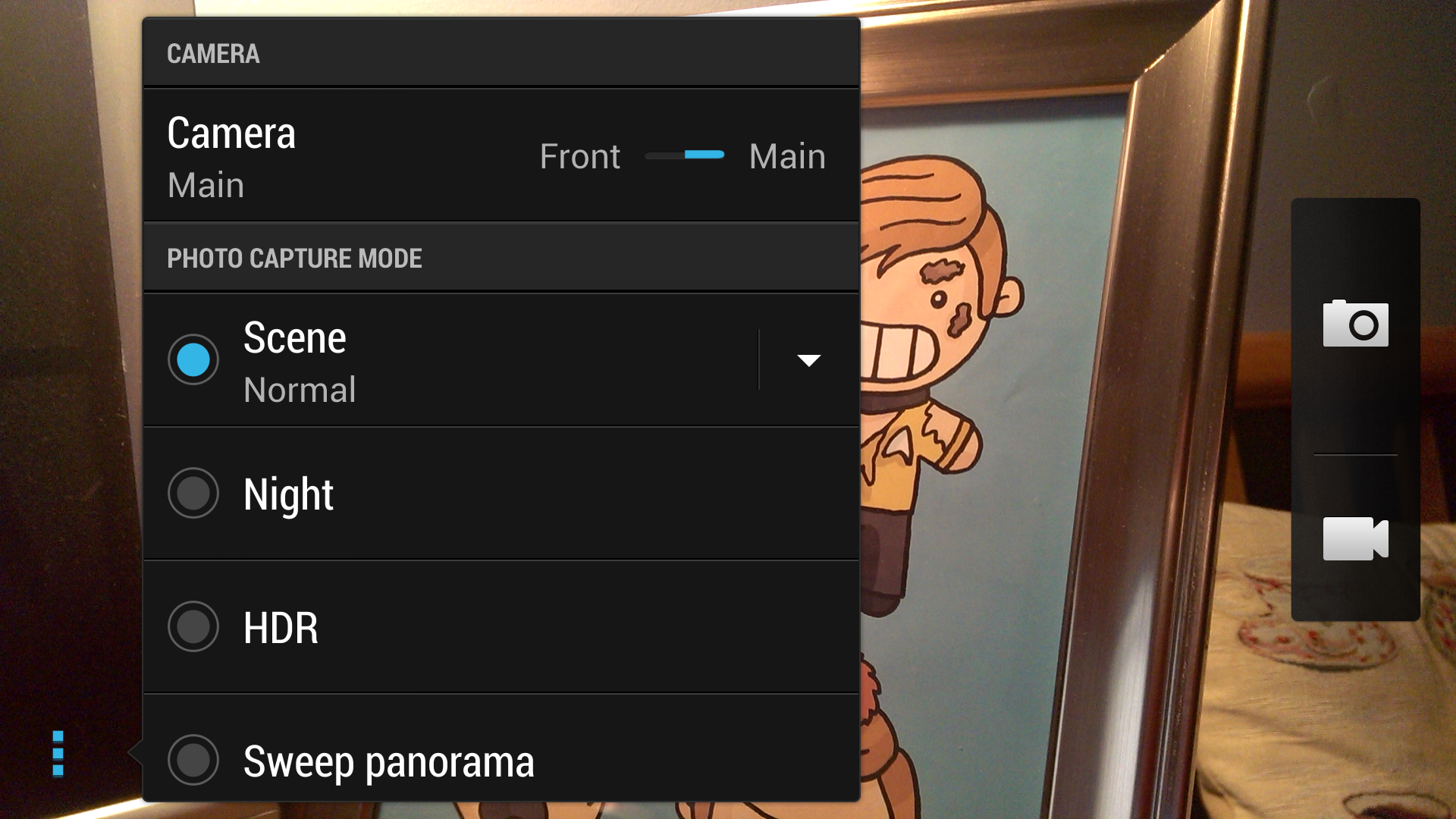
An icon for immediately summoning up a comprehensive toolbar of built-in app-like digital filter effects is provided either at the bottom-right or bottom-left of the screen, depending on whether you're holding the handset to shoot in portrait or landscape orientation. We also get camera or video icons, with a tap of the former immediately taking the shot, rather than just selecting the relevant mode.
It's worth adding here that the HTC's screen is much brighter and clearer than many dedicated digital cameras we've had the pleasure of using, and really picks up fine detail, which is a bonus. Also a bonus is the fact that the image before the lens fills the whole of the screen in widescreen format, meaning it feels best suited to group portraits or landscape shots.
Specific image adjustments can also be made in-camera to the likes of exposure, contrast, saturation and sharpness. There are also dedicated scene, night, HDR and panorama options, selected via a toolbar located top or bottom-left of the screen, again depending on the manner in which you're holding the phone.
Manually selectable ISO runs up to the standard ISO 1600, up from the so-so maximum ISO 800 of its predecessor. Perhaps HTC is thinking it could justify upping the sensitivity as there are fewer pixels on the actual sensor. The handset does, however, get quite warm over the course of using the camera. Also the shutter release is so sensitive on the HTC it's possible to fire off two shots instead of one.

Rather more interestingly, after capturing an image there's the facility to remove unwanted passers by from a photo in the style of Photoshop via an Object Removal function.
One of the benefits of the previous HTC One X handset was that it provided compatibility with a removable microSD card for system expandability and storing and transferring all those photos and videos. But whereas that feature has been added to the Sony Xperia Z, HTC has inexplicably jettisoned microSD use on the HTC One. This is a pity for us snap-happy users, even though it could be argued that a 32GB internal cache, the same as the HTC One X, which had the card slot, is plenty.
We're all for paring down on unnecessary features and bulk, but this move feels a bit like throwing the baby out with the bathwater. Coupled with the lower pixel resolution, which admittedly can have one benefit - in that fewer pixels on a smaller sensor equals less noisy images - the HTC One wouldn't be our first choice for the camera aspect alone.
This is disappointing, because we love the handling, look and feel of the HTC One handset. Where it could have been a champion, it's merely an (very good) option if you don't mind widescreen ratio still imagery.
Shots taken at higher ISOs such as ISO 800 and ISO 1600 are noticeably less noisy on the HTC One than either the Samsung Galaxy S4 or the Sony Xperia Z, however, so if retaining detail in low light is a priority then the HTC One is the phone to go for.

Click here to see the full resolution image

Click here to see the full resolution image
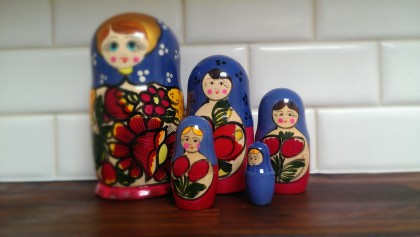
Click here to see the full resolution image

Click here to see the full resolution image

Click here to see the full resolution image

Click here to see the full resolution image

Click here to see the full resolution image

Click here to see the full resolution image

Click here to see the full resolution image
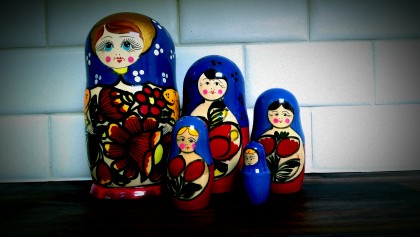
Click here to see the full resolution image
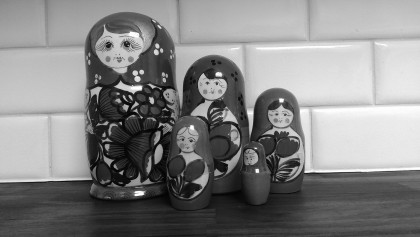
Click here to see the full resolution image

Click here to see the full resolution image

Click here to see the full resolution image

Click here to see the full resolution image

Click here to see the full resolution image

Click here to see the full resolution image
ISO shots

Full ISO 100 image, see the cropped (100%) versions below.

ISO 100 (Click here to see the full resolution image)

ISO 200 (Click here to see the full resolution image)

ISO 400 (Click here to see the full resolution image)

ISO 800 (Click here to see the full resolution image)

ISO 1600 (Click here to see the full resolution image)

Auto ISO (Click here to see the full resolution image)

Gareth has been part of the consumer technology world in a career spanning three decades. He started life as a staff writer on the fledgling TechRadar, and has grew with the site (primarily as phones, tablets and wearables editor) until becoming Global Editor in Chief in 2018. Gareth has written over 4,000 articles for TechRadar, has contributed expert insight to a number of other publications, chaired panels on zeitgeist technologies, presented at the Gadget Show Live as well as representing the brand on TV and radio for multiple channels including Sky, BBC, ITV and Al-Jazeera. Passionate about fitness, he can bore anyone rigid about stress management, sleep tracking, heart rate variance as well as bemoaning something about the latest iPhone, Galaxy or OLED TV.
